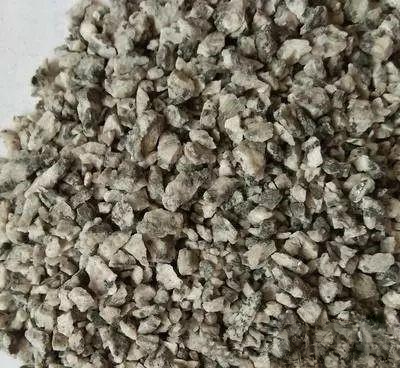Introduction to Common Substrates for Home Gardening
First, let's look at the free stuff. These are all materials that we can find around us and some materials that can be recycled. With a little processing and mixing, we can improve the garden soil and make the flowers and plants thrive.
1. Various soils - gifts from nature, you don't need to do anything, just dig some and use it together. This includes garden soil, leaf mold, mountain soil, etc.
1. Garden soil is the soil in the fields or vegetable gardens. It can also be called cultivated soil. Because plants are cultivated all year round, the soil is loose in nature and has more nutrients than raw soil. However, the soil pests and diseases are also more serious. It can be processed before use. The simplest way is to spread it out on a sunny day and let the sun's temperature kill pathogens and insect eggs. You can also mix it in some insecticides and fungicides.
2. Leaf humus is a nutrient soil with good water permeability, rich in organic matter and slightly acidic, which is formed after the branches and leaves of plants are decomposed and fermented by microorganisms in the soil. Leaf humus is very suitable for home flower cultivation, especially for plants such as #clivia and #azalea that like acidic soil. When taking soil from the forest, be careful to first remove the unfermented fallen leaves on the top layer. If you see the dark brown color below and no complete leaves can be found, it is the fermented leaf humus.
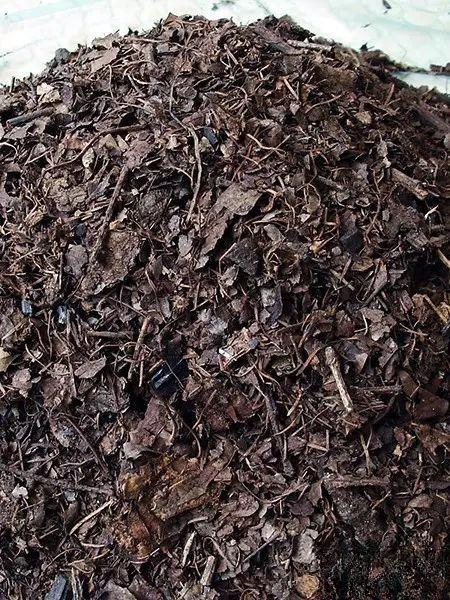
3. Mountain soil , as the name implies, is humus soil taken from the mountains. There are Huangshan soil, Hongshan soil, Heishan soil, etc. The drainage and air permeability of mountain soil is average, and the organic matter content is also low, but it is very suitable for growing plants such as camellia that prefer slightly heavy soil.
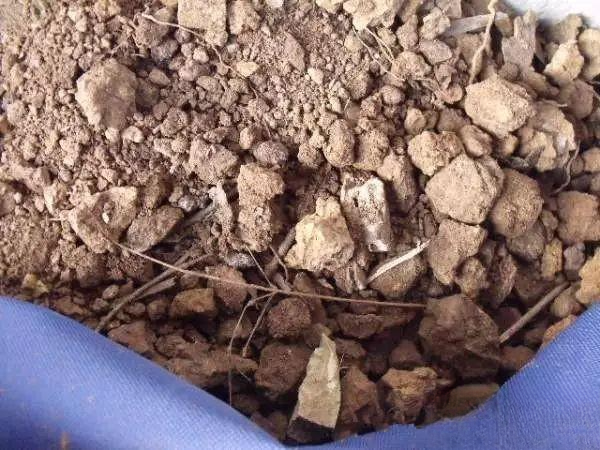
4. River sand . Although river sand has almost no fertility (because it is just small stones), it is pure in texture, does not contain any pathogens, has a neutral pH, and has very good ventilation and water permeability. It can improve the structure of the soil, so it is often used when preparing planting soil, especially when preparing planting soil for succulents. The proportion of river sand should be appropriately increased. In addition, river sand is also a good substrate for rooting cuttings.
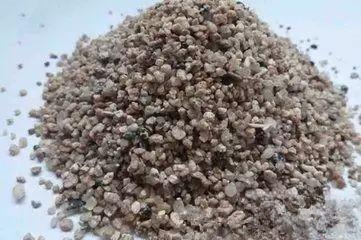
2. Various wastes, such as sawdust, honeycomb briquettes, waste mushroom sticks, bark, peanut shells, wood ash, etc.
1. Sawdust . Everyone knows what sawdust is, but it is not effective to use it directly. The nutrients are not easily used by plants, and some wood contains some substances that are harmful to plants. It still needs to be fermented before use. Fermentation is very simple. Add a little soil to the sawdust and mix well. After moistening it with water, seal it and place it in a slightly higher temperature environment. It will be decomposed and ready for use in about one or two months.
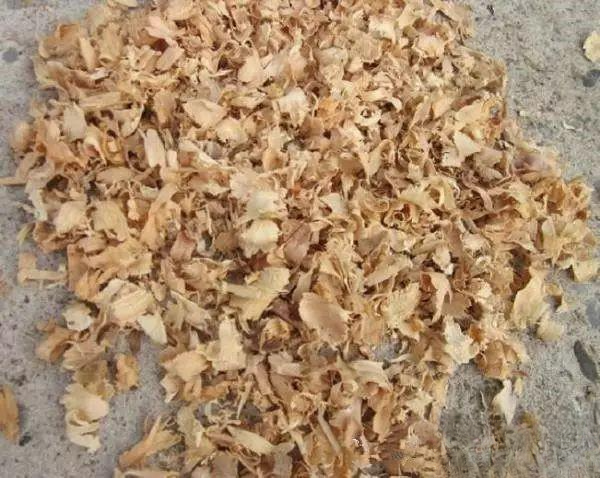
2. Honeycomb briquettes are also a good material for planting flowers. They can be water-repellent and breathable, and increase soil voids. They are similar in function to river sand and are used to increase macropores. Pick up a few pieces and smash them. Remember to sieve them 2 or 3 times. The large ones can be used to pad the bottom of the pot, and the small ones can be directly mixed into the soil. The remaining fine powder should be thrown away, as it will hinder soil ventilation.
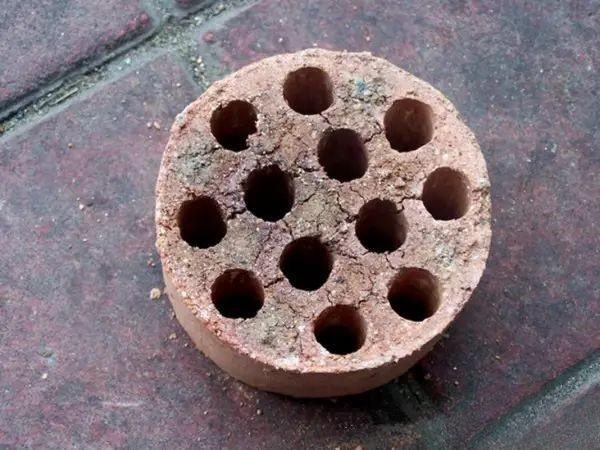
3. Waste mushroom sticks . If you know where there is a greenhouse for growing mushrooms, I really envy you. Waste mushroom sticks are rich in nutrients, hydrophobic and breathable. As long as they are slightly processed, they can be a good planting medium. Pick up a few waste mushroom sticks, break them up, and ferment them a little before using them. The fermentation time is shorter, about 2 weeks when the temperature is high.
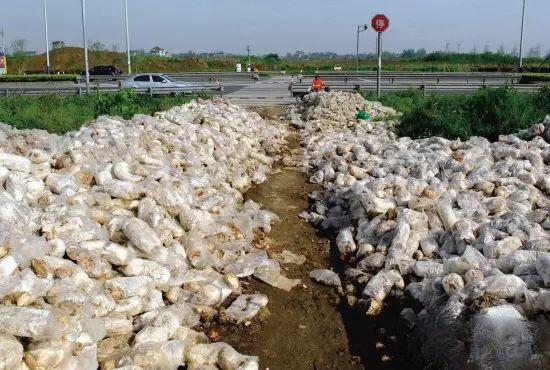
4. Bark. Bark is also a good material, especially suitable for growing orchids. When using it, pay attention to fermentation and decomposition before use, otherwise the nutrients are not easy to absorb, and it is easy to breed pests, because many insects like to lay eggs in the cracks of bark. How to ferment and decompose? I have said it several times before, add water or mix a little soil, seal it, slightly increase the temperature, and then wait. If you think it is almost done, open it and take a look. The bark is very loose and can be gently broken open, which means it is well decomposed.
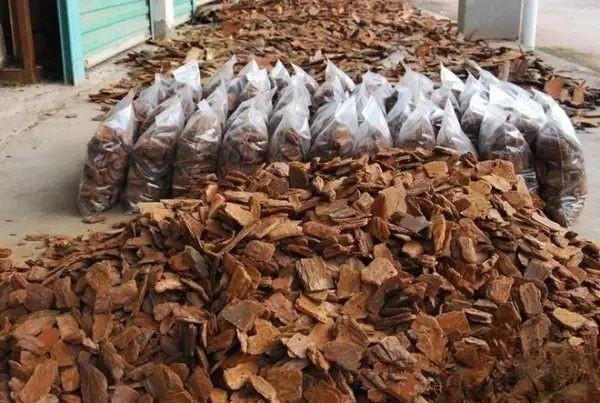
5. Peanut shells . Peanut shells are similar to tree bark and contain more cellulose. You can smash them a little before fermenting. If you are impatient, you can boil them, which will make the fermentation much faster. It does not contain much nutrients. Plants will not grow well in the later stage if they rely solely on its nutrients. It is best to mix it with several substrates.
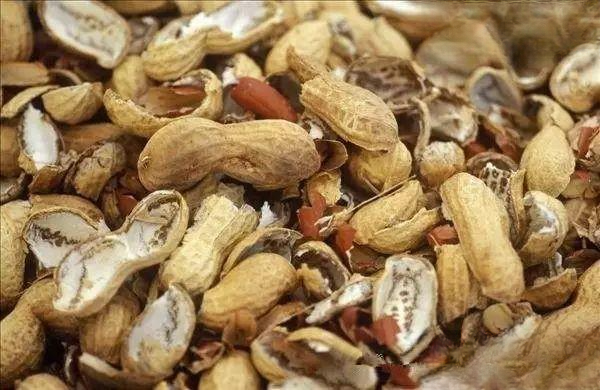
6. Wood ash is the ashes left after burning plants. It contains almost all the mineral elements needed by plants. It can promote seed germination, uniform seedling emergence, root growth, and prevent leaf drop. It has many benefits. However, you should be careful when using it. Wood ash is easy to float away. When mixing soil, put it at the bottom. It is alkaline and cannot be used together with nitrogen and phosphorus fertilizers, which will reduce the fertilizer effect of nitrogen and phosphorus.
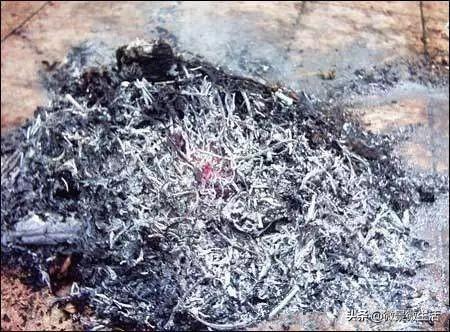
Next, let's look at the cultivation substrates that cost money. Things that cost money are convenient because you don't have to deal with them yourself. In addition, the effect of using them will definitely be better. Another important point is that these substrates are relatively light, easy to move, and have been sterilized and insecticidal, making them more suitable for modern families, and will reduce a lot of pests, diseases, and odors.
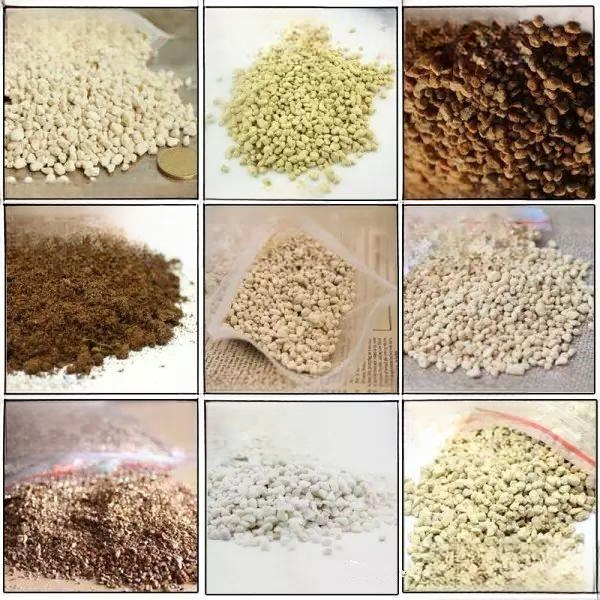
1. First, look at the matrix of the soil sample.
1. Peat . You may see two names in the flower market - peat and peat. The flower boss also explained that these are two different things. Peat is good and peat is bad, etc. The fact is that peat soil is peat soil. Peat, also known as black soil, peat, and peat, is the remains of plants in ancient low-temperature and warm land. It is buried underground and accumulated for tens of millions of years. Under the conditions of low temperature, little rain or lack of air, the plant residues slowly decompose and form special organic matter, mostly brown or light brown. Peat is a good cultivation substrate. The main plants that form peat are peat moss, ice moss, moss and other aquatic plants. According to the geographical conditions, plant species and decomposition degree of peat formation, it can be divided into three categories: low, high and medium peat.
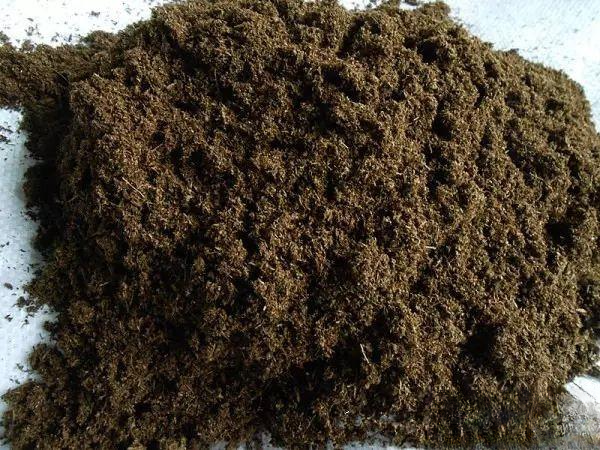
A. High-level peat: It is formed by long-term accumulation and carbonization of temperate high-latitude plants buried under the ground. It is mainly composed of plants of the genus Cottonwood and Sphagnum moss. It has a low degree of decomposition, a lighter color, less nitrogen and ash content, and a strong acidity. The pH value is between 4 and 5. It has a small bulk density and good water absorption and air permeability. It can generally absorb more than 10 times its dry weight of water. It is suitable for soilless cultivation substrates, but the pH value must be adjusted to about 5.5 to 6.0. It can be used to prepare culture soil.
B. Low-lying peat: distributed in low-lying swampy areas with accumulated water, mainly composed of Carex and Reed plants that need more inorganic salts for growth, as well as alluvial plant debris and fallen leaves. After a long period of accumulation, it has a high degree of decomposition, a black color, a high content of nitrogen and ash elements, is not very acidic, and has a high fertilizer effectiveness. It can be used directly as a fertilizer after being air-dried and crushed. Because of its large volume, poor water absorption and ventilation, it is not suitable to be used as a cultivation medium alone.
C. Intermediate peat: It is a transitional peat between the two types of peat, and its properties are also between the two. It can be used for soilless cultivation and for preparing culture soil.
Another point you should note is that peat is the most primitive form of coal. It is a non-renewable resource, and its mining causes great damage to the environment. Many environmentalists are now calling for the use of substitutes instead of peat.
2. Coconut peat . Next, let's talk about the substitutes for peat. Coconut peat is the fiber powder of coconut shell. It was originally the waste after coconut processing. Later, it was processed by certain methods and became very suitable for plant cultivation. It has very good air permeability and water retention. The coconut peat we see on the market is compressed and looks like a red brick. Put it in a basin of water. After half an hour, you will find that it has expanded to overflow the basin.
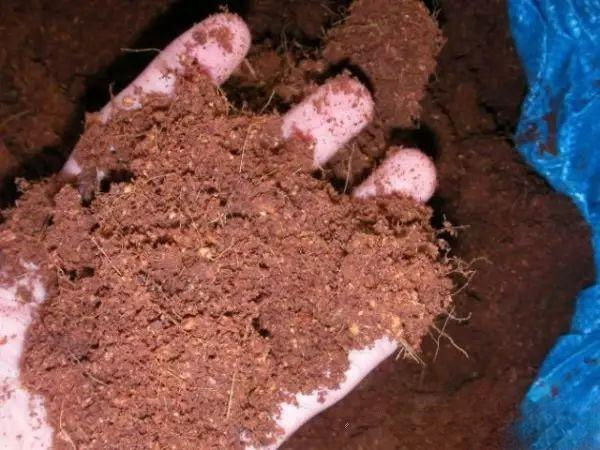
2. Another category is various granular matrices.
1. Expanded vermiculite. Vermiculite is a natural, non-toxic mineral. The original ore looks like flaky mica. It will expand 6-20 times rapidly when heated at high temperature. After expansion, it looks like a worm or leech, hence the name vermiculite. It has a wide range of uses and can be used in construction, metallurgy, thermal insulation, insulation and other fields. Of course, due to its good air permeability, water retention and heat preservation, as well as its sterile and insect-free properties, it is also a very good horticultural cultivation medium. When preparing the planting medium, vermiculite can loosen the soil, retain water, and provide certain minerals; it can also be used alone for sowing, cuttings and soilless cultivation, which can promote the growth of plant roots and the stable development of seedlings. (The vermiculite we use in gardening is expanded vermiculite, because only after expansion does it have a loose and porous structure)
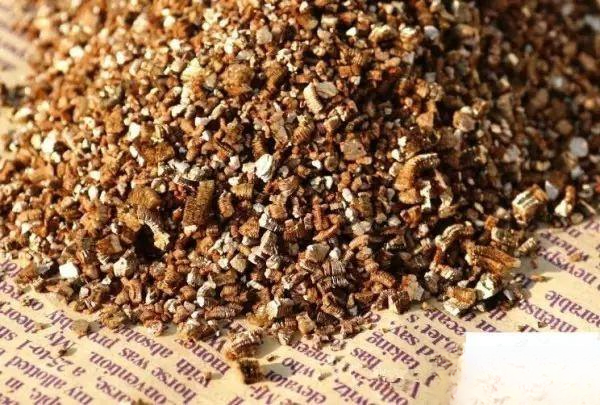
2. Perlite is a kind of acidic lava from volcanic eruptions. It is a glassy rock formed by rapid cooling. It is named for its pearly crack structure. It is very similar to vermiculite. It forms a porous and loose structure after heating and expansion, and can be used in many fields. Its use in gardening is similar to vermiculite. It can loosen the soil, but its water retention is poor. It can also be used alone for sowing, rooting cuttings and soilless cultivation.
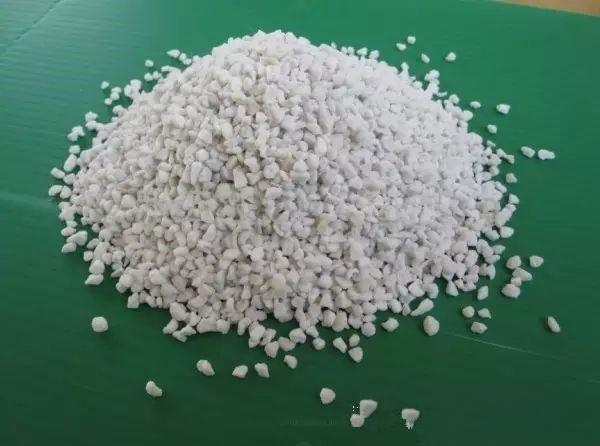
3. Rice husk charcoal is the product of incomplete combustion of rice husks (complete combustion will turn it into ash). It has certain heat preservation properties, can promote the growth of plant roots, improve soil looseness and drainage, has adsorption properties, can absorb toxins in the soil, and can prevent pest invasion when sprinkled around plants on the soil surface. It has many functions, but the pH value of rice husk charcoal is relatively high and it is alkaline. Be careful not to use it in excess to avoid burning the seedlings.
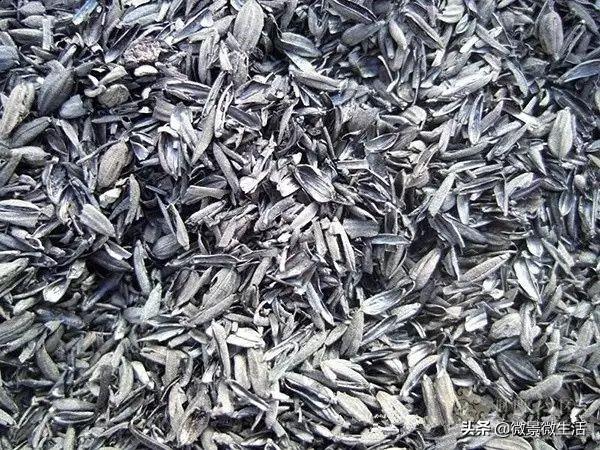
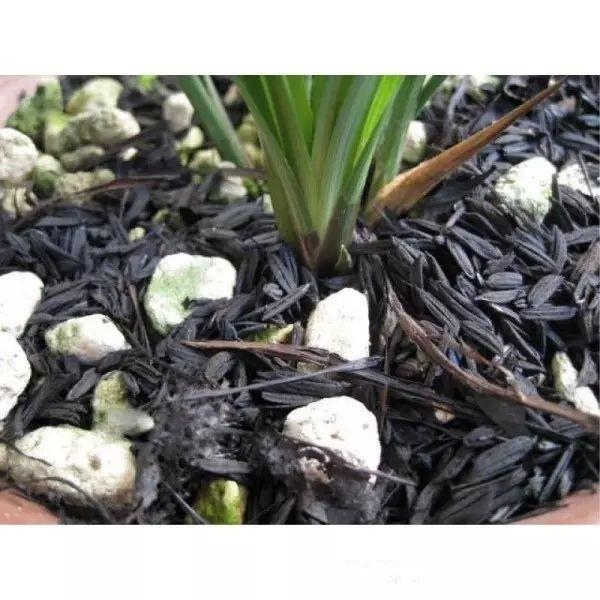
4. Ceramic particles are spherical or elliptical ceramic particles formed by roasting. The particle size is generally 5~20mm, and the largest particle size is 25mm. Ceramic particles are also widely used in construction, environmental protection, water purification and agricultural greening. Ceramic particles are porous, light, dust-free, and have high surface strength. They can be paved or placed at the bottom of the pot for drainage and ventilation; they can also play a role in fixing plants in soilless cultivation.
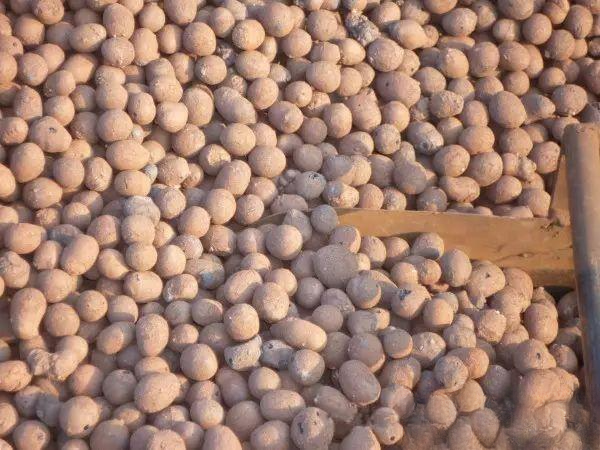
5. Next, I will introduce a long list: Akadama soil, Kanuma soil, Hyuga stone, Kiryu sand, and Ukin stone . Especially those who are deeply in the pit of fleshy and orchid pits know that they are cultivation substrates produced in Japan, which are very useful for growing fleshy and orchids. Due to the rich volcanic resources in Japan, the volcanic rocks and pumice left over from the volcanic eruptions in ancient times and some particles in the clay layer have become the commonly used cultivation substrates in Japan after screening. These substrates generally do not contain fertility, but can provide a small amount of minerals, and have good drainage and air permeability, water retention and fertilizer retention. They can be used to mix planting substrates, pavement, and pot bottom pads. Akadama soil and Kanuma soil are softer in texture and have the largest usage. There are products of different particle sizes. Small particles are generally used to prepare substrates, medium particles can be used for paving, and large particles can be used to pad pot bottoms. There is also one point to explain that Akadama soil is weakly acidic and has a wider application. Kanuma soil is more acidic and is generally used to grow plants that like acidic soil. Hyuga Stone and Kiryu Sand are volcanic product planting substrates named after their places of origin. These two products are harder and have more large-particle products. The properties and uses of the substrates are similar to Akadama soil. Hyuga Stone has a lighter specific gravity, while Kiryu Sand is heavier. Finally, there is the Chijin Stone, which is also a volcanic product substrate. Its name was given by Taiwanese businessmen when it was introduced to the mainland. The gaps in the Chijin Stone are large and visible to the naked eye. It turns golden yellow when it comes into contact with water. It has the characteristics of light weight, drainage, moisture retention, and breathability, making it very suitable for growing orchids.
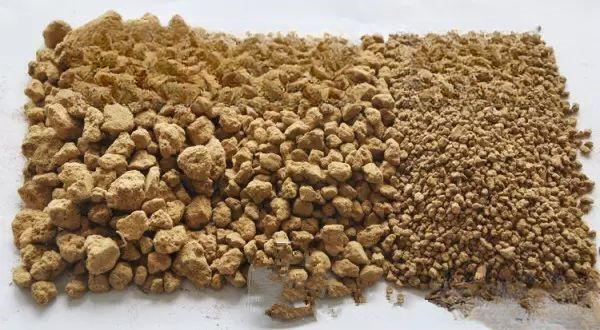
Akadama soil
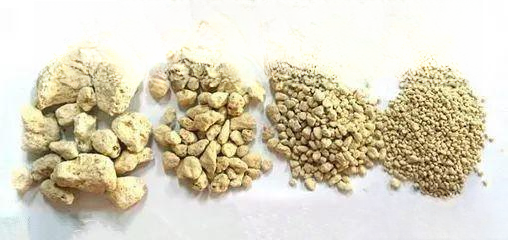
Kanuma clay
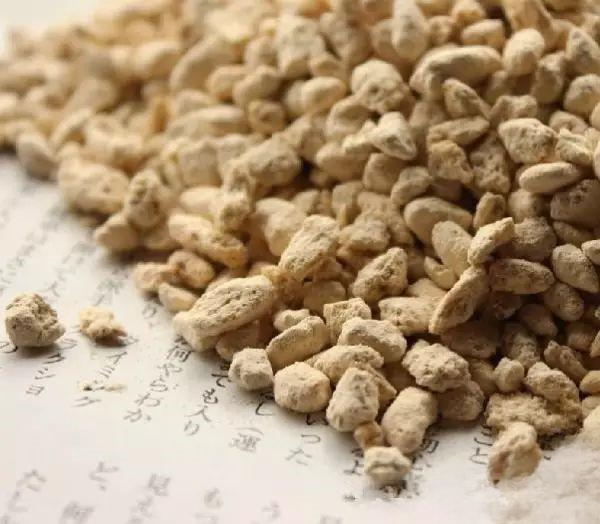
Goldsmith
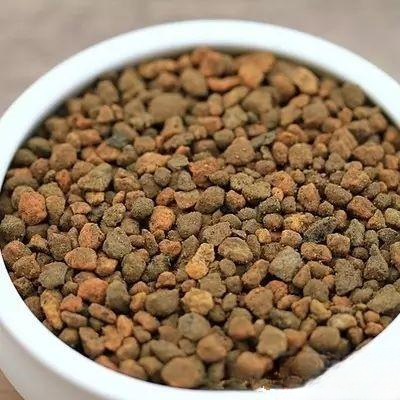
Kiryu Sand
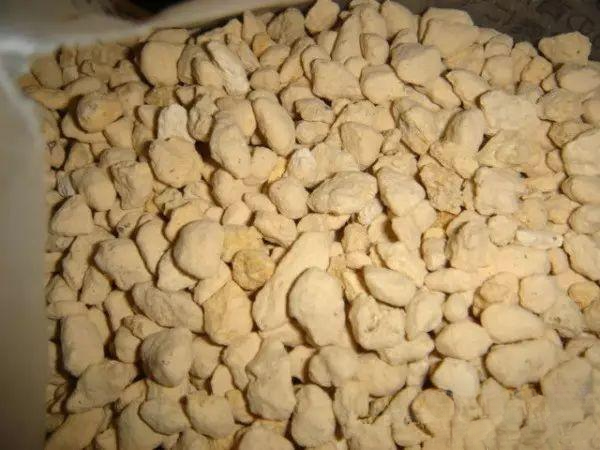
Hyuga Stone
6. Volcanic rock , also known as pumice and porous basalt, is a porous stone formed by volcanic glass, minerals and bubbles after a volcanic eruption. Due to its light weight and porous characteristics, it can be used in many fields such as construction, water conservancy, filter materials, gardening, soilless cultivation, aquarium, etc. Volcanic rock retains water and has good air permeability. Adding a certain amount of volcanic rock to the preparation of planting soil can promote plant growth and improve the soil and water quality in the soil. Medium and large volcanic rocks can also be used for paving and pot bottom padding.
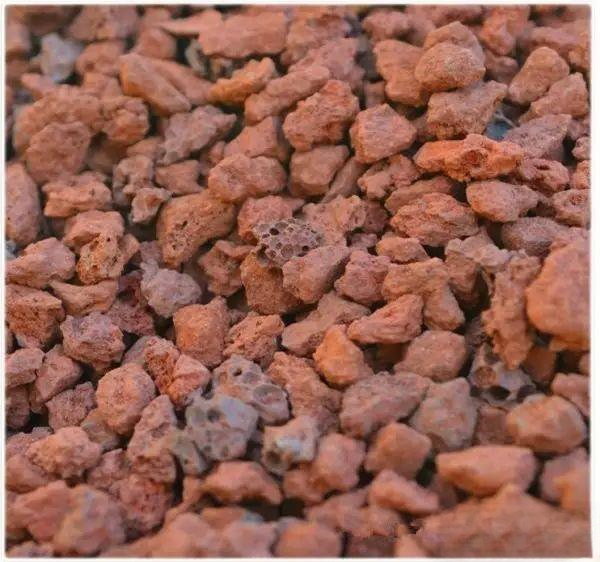
7. Medical stone , scientific name: quartz monzonite, is a natural aluminosilicate mineral. Medical stone is non-toxic and harmless to organisms. It is a composite mineral or medicinal rock with certain biological activity. It is rich in mineral elements, about 58 kinds, and contains all the major elements required by animals. The whole stone can be used to make health cookers; the porous characteristics of medical stone make it possible to use it as a filter material and release a large amount of minerals; it is rich in mineral elements, and grinding it into feed can help livestock grow strong; it can also improve and balance the physical functions of the soil, improve the soil, and increase the yield and quality of crops. Of course, it is also a good gardening substrate. The small-sized planting soil can increase the air permeability of the soil and provide mineral elements. The large-sized one can be used as a pavement or a pot bottom pad. Compared with the previous substrates, medical stone is the heaviest.
